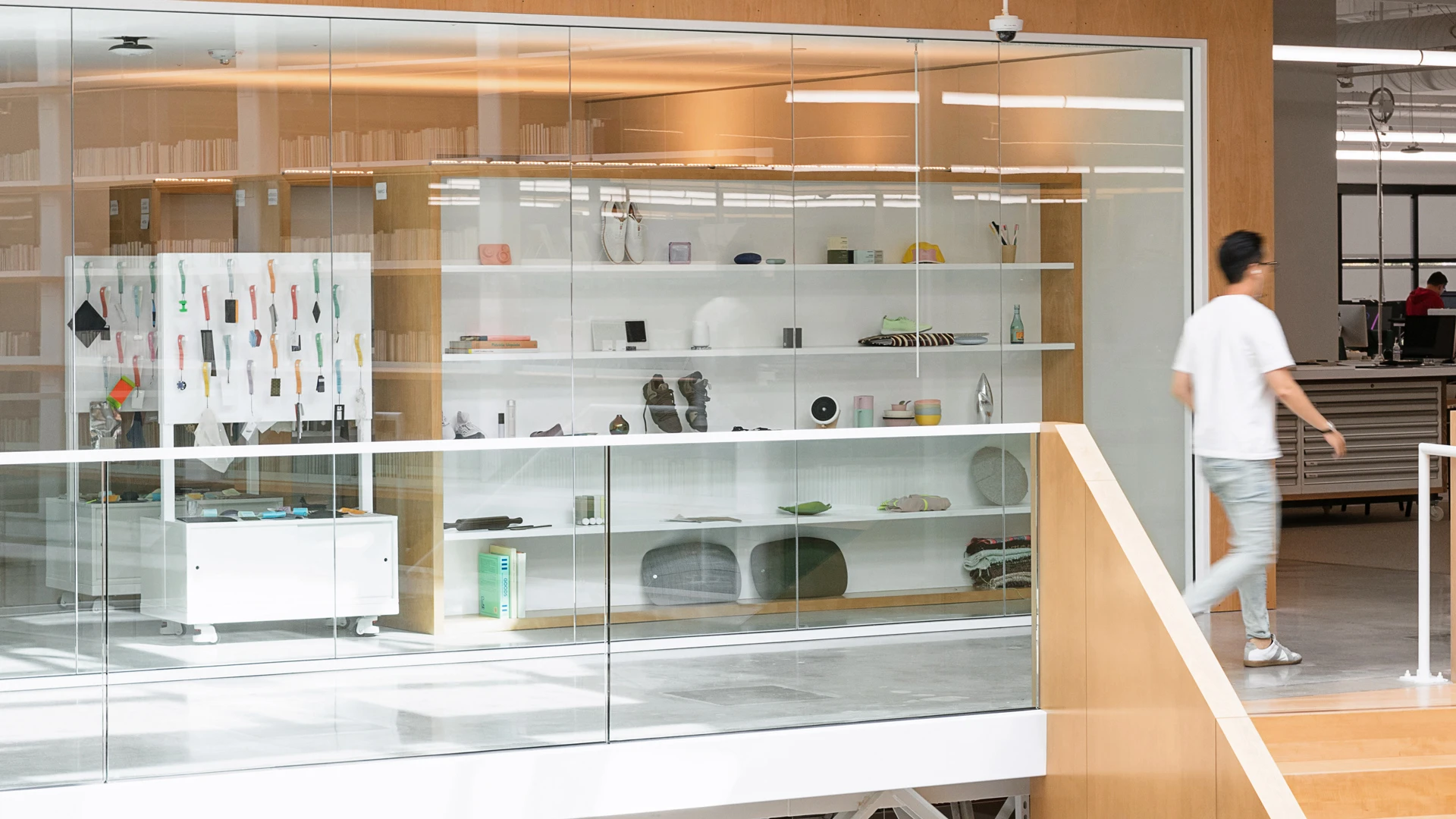When Google’s hardware team began working on a yet-to-be-announced product that will be launched later this year, one engineer had a proposal: Instead of using an industry-standard polyester fabric, made from virgin plastic, could they use a fabric made from recycled bottles in the device? The team spent two years validating that the material met design and manufacturing requirements and that vendors could supply enough material at scale, then decided to move forward with it. Each new product will reuse a third of a plastic bottle.
It’s the type of change that will now be built into every piece of hardware the company makes. Google announced today that by 2022, all “Made by Google” products will include recycled materials. The company also announced that by 2020, all of its product shipments will be carbon neutral. The two pledges are part of a broader move to embed sustainability in every design: Now, the design team will be asked to think about how to make products that last as long as possible, are easy to disassemble for recycling at the end of the product’s life, and use the most sustainable materials.

Google’s three-year-old hardware department is the brains behind aesthetic choices like its pebble-like, fabric-covered speakers or the rounded edges of the Google Home device. But the design team realized that it also wanted to focus on sustainability. “Some people think design is about making things look pretty or look good,” says Ivy Ross, who heads Google’s hardware design team. “And really design is about solving problems for humanity. . . . I said to the team, wait a minute, [sustainability] is just another problem and is probably the most important problem of our lifetime. Won’t we feel great as designers if we are taking that on?”
To some extent, it was already happening organically, as individual engineers considered sustainability out of personal motivation. One materials engineer wanted the company to use recycled plastic and did the needed tests for quality, reliability, and safety to use partially recycled plastic in Chromecast devices. Others added it to connected home devices and speakers. “You have to really tinker in the lab for a while to make it work,” says Ana Corrales, the chief operating officer for Google hardware. “But rather than engineers being worried about that, because they have a timeline that they need to get a product out, I think it’s something that’s quite motivating to them.”
Each decision involves detailed analysis; materials need to meet a long list of specs, from matching the exact color on different devices to testing durability if the product is dropped and as it’s exposed to heat, sunshine, and chemicals. Sustainability considerations have to be balanced with cost and manufacturability. (The recycled-bottle fabric is more expensive than the standard alternative but had the additional benefit that the color resists fading.) “Basically in every single point of the process and in every single product, we’re going to be asking these questions and making these decisions,” says Corrales.

The company isn’t alone in its work to significantly decrease the use of virgin materials. Apple uses materials like recycled plastic, recycled aluminum, and recycled tin, and designed a custom robot that can disassemble iPhones to send materials back into its own supply chain; cobalt recovered from old iPhone batteries, for example, is now reused in new Apple batteries. Google doesn’t have plans now for a similar proprietary recycling program, but it wants to help build a broader circular economy. “We firmly believe that we need to enable a transition to a more circular economy,” says Ross. “And by setting a commitment to recycled materials, we really are setting a demand signal to say we support a move to a more circular economy.”
As it begins to offset the emissions used to ship its products, the company is also working to cut those emissions. “We definitely want to get to the underlying problems before paying for an offset,” says Anna Meegan, Google’s head of sustainability for hardware. By shifting from air shipments to cargo ships, the company was able to reduce shipping emissions by 40%. That meant changes across the production process, since shipments would take longer to arrive, and the company still had to hit the timeline for products to be available. “All departments have to agree to compress their development cycles to be able to give more room at the end,” Ross says. “It really can’t be one department—the entire company has to be all in on this.”
The company sees the first commitments to recycled materials and carbon-neutral shipping as a way to build its “sustainability muscle.” More commitments will follow. “We are a young hardware brand,” says Meegan. “And we are looking at this opportunity as a perfect time for us to make a stand and bring something to what we believe customers want in the marketplace. This is something that people want as customers; it’s something that people want as Googlers. It aligns to our broader company culture around thinking about the big unsolved problems of our time. So this is something that we feel is the right thing to do. And really the right time to do it.”
Recognize your brand's excellence by applying to this year's Brands That Matters Awards before the early-rate deadline, May 3.
